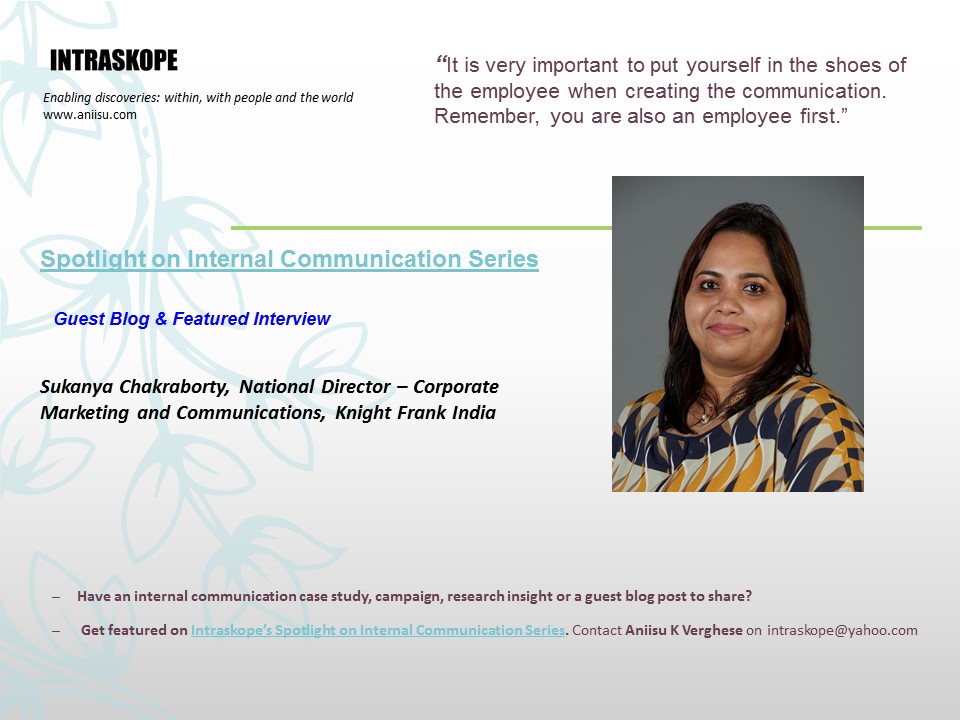CSR spends are increasing globally to support the less fortunate communities and growing demands of society. The opportunities and avenues of CSR giving are large. If you consider the resources that organizations can tap, the growth of NGOs with direct access to the audiences you want to reach and the focus provided by governments globally in directing CSR thinking and investments.
While the possibilities are immense there is also limited understanding of the impact and value – direct and indirect, which organizations can get from their CSR investments. The lack of clear benchmarks, measurement parameters and decision making approaches for CSR investments makes the exercise complex and intimidating for many CSR practitioners and leaders.
Often, it results in knee-jerk reactions and short term plans that stifle the true goals of CSR giving. If the CSR approach is top-down the initiatives take the shape of ‘pet’ projects the management wants to do. If there is a ground-up approach, it can often lead to a mix of initiatives and effort that dilute the impact your organization wants to make.
From a purely altruistic purpose giving to any known cause can serve the need and take care of the legal expectations, if any. For leaders and CSR practitioners being sure of why and what needs to be invested are crucial insights for the success of initiatives and to ensure stakeholders get the best outcomes. It also helps to know how aligned your initiatives are with the organization’s business objectives.
So how does one go about identifying the appropriate approaches and direct the most effective decisions? What will give leaders and CSR practitioners the confidence that their CSR investments will give them the best bang for the buck?
Here are a few recommendations to help shape your CSR investments.
- Aligned with organization’s business goals: Review your initiatives in line with the priorities you have set as an organization. Understand the level of engagement or maturity of your CSR initiatives currently –philanthropy focused, enabling operational effectiveness or improving the business model. If your business is part of a larger global network, think of how it links back to the objectives of corporate social responsibility broadly and what works locally vs the broad goals.
- Drawing insights for effective decisions: There are numerous sources to gather your insights from – the inputs from employees and what they believe are important issues to pursue, the trends observed in the industry, the state of sectors, the global impact of CSR, country information that offers direction on areas that need focus, government guidelines and academic studies on CSR and effectiveness. You may already have information from employees’ giving practices. If needed, run a survey to gather more inputs.
- Consider a resource based approach: Identify what investments you are already making to improve your CSR impact in terms of employee effort, time and management involvement. Define the reach and value of the initiatives – the number of stakeholders it impacts, opportunities for employees to give time on projects, the social and economic influence it has, the scalability of the project, the reputational risks it mitigates and brand value it adds.
- Partner on CSR practices: It helps to gain perspectives from other CSR leaders who are working in the same space. Invite discussions and debate on the subject. Learn from their challenges, concerns and practices. Understand what worked for them and what didn’t. Map how your organization fares based on the insights you can gather. How far along the CSR journey are you?
- Measure multilevel impact: Impact of CSR can be measured at multiple levels – on the individuals who participate, the communities you impact, the brand and reputation, the relationships and perceptions your organization wants to shape. Have measures to review the direct impact of the initiatives you run – participation, awareness and outcomes. Calculate the resources invested in projects and the direct and indirect value in terms of improvement in quality of life, number of lives touched and the overall social impact. You can also understand how much employee value their commitment with CSR and prefer to stay on with your organization.
Moving your CSR initiatives from a purely altruistic action to a robust approach will need paying more attention to insights and impact based positioning. It will expect a lot more effort from CSR practitioners to influence and change the mindsets within organizations and move stakeholders along the journey.


